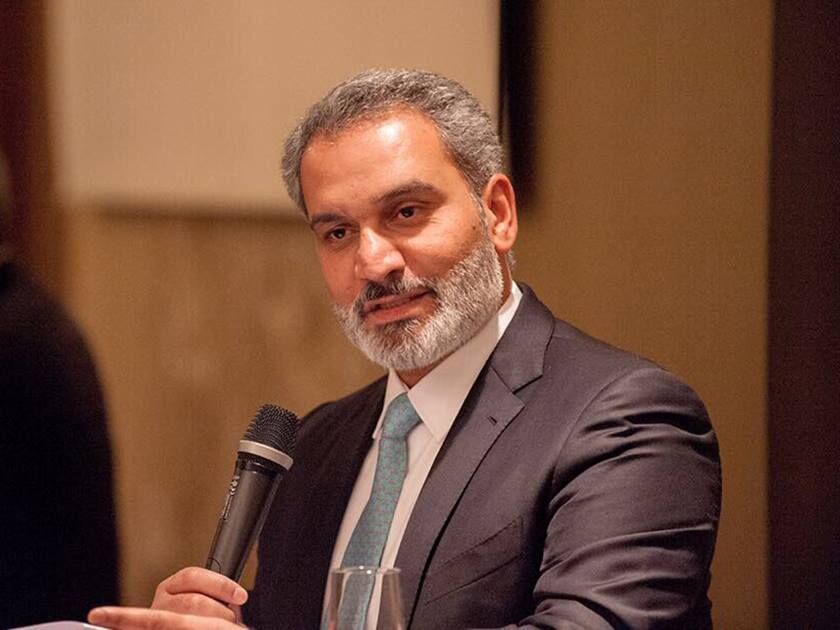The UAE plays a critical role as a climate leader, with expertise in producing diverse forms of energy, as well as being a tireless champion of international cooperation, making it ideally suited to hold the COP presidency. OPEC supports the UAE in every way we can to make this event a resounding success.
The passion in public discourse around the COP intensifies with each passing year. This year has sharpened focus on the role of the oil industry in energy transitions, whether it should have a seat at the negotiating table, or if it has a future at all.
Unfortunately, a misguided and risky narrative is appearing frequently in this discourse, with some myths being perpetuated that do not bear up with the facts. One such myth is that the oil and renewables industries are competitors locked in a zero-sum game – the success of one represents a mortal threat to the other.
There are a multitude of reasons why OPEC disagrees with this narrative, expressing them on many occasions. For now, I would just like to focus on one: Chemistry.
This point can be demonstrated by asking the question: What is a wind turbine made of? While it varies according to make or model, a wind turbine is made of steel (approximately 66%-79% of total turbine mass); fibreglass, resin or plastic (11-15%); iron or cast iron (5-17%); copper (1%) and aluminum (0-2%).
Fibreglass, resin and plastic are all petroleum-derived products. They are essential to the composition of a wind turbine and as of yet, cannot be substituted for this purpose at scale.
To frame it another way, the mass production of wind turbines cannot be achieved without these vital petroleum end-use products.
A similar reality exists with solar energy. What is a solar panel made of? Taking a typical crystalline silicon solar panel as an example, it is approximately 76% glass, 10% plastic polymer, 8% aluminum, 5% silicon, 1% copper, and less than 0.1% silver and other metals. Petrochemical products like ethylene are used in copolymers that cover the photovoltaics.
The story repeats itself with lithium-ion batteries used in electric vehicles (EV). They are made of graphite and the primary feedstock for synthetic graphite is calcined petroleum coke.
These facts demonstrate a clear reality: The oil industry and renewables do not operate in vacuums completely sealed off from each other. Renewables need petroleum products.
It is a factor that affects OPEC’s projections on the future of the petrochemical sector. According to OPEC’s World Oil Outlook, oil demand in the petrochemical sector is forecast to increase by 4.3 mb/d from 2022 to 2045.
Yet, despite these inextricable links between the petrochemical and oil industries, and the renewable industry, there have been calls by some prominent voices to stop investing in oil and only invest in renewables.
This is a paradox: How can you call for investment in wind energy while saying investments in the materials essential to build wind turbines should end?
The production of resin used in wind turbine production depends on investments at all stages and in all segments of the oil industry: Upstream, midstream and downstream. Investment requirements for the overall oil sector are estimated at a cumulative $14 trillion between 2022 and 2045. It is vital these are made.
The interrelationship between the petrochemical and renewable industries is just one example of why all voices need to be at the table for climate negotiations. Practical technological solutions can only be found when we harness expertise from across the entire energy system.
OPEC member countries are investing heavily in renewables technology, as well as in hydrogen projects, carbon capture utilization and storage and direct air capture facilities, and the circular carbon economy. The OPEC Pavilion at COP28, the first ever for OPEC at a COP meeting, will showcase many of these initiatives and actions, providing visitors with specific details.
The UAE has adopted a holistic, practical and inclusionary approach in the build-up to the COP28. It is an approach that OPEC wholeheartedly endorses, as together, we all work towards an emissions-free future.


Your Comment